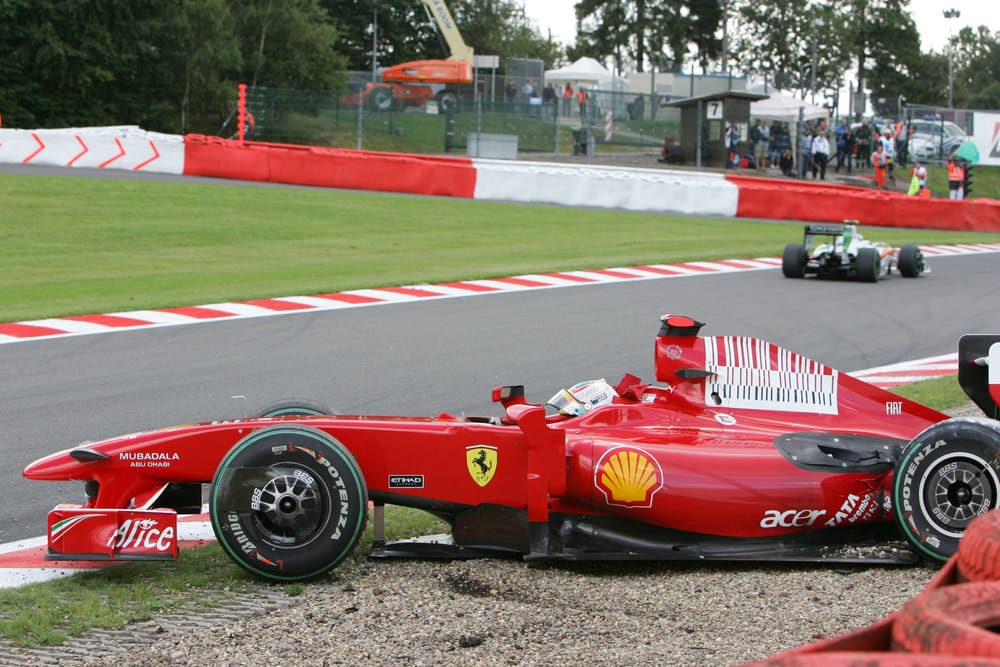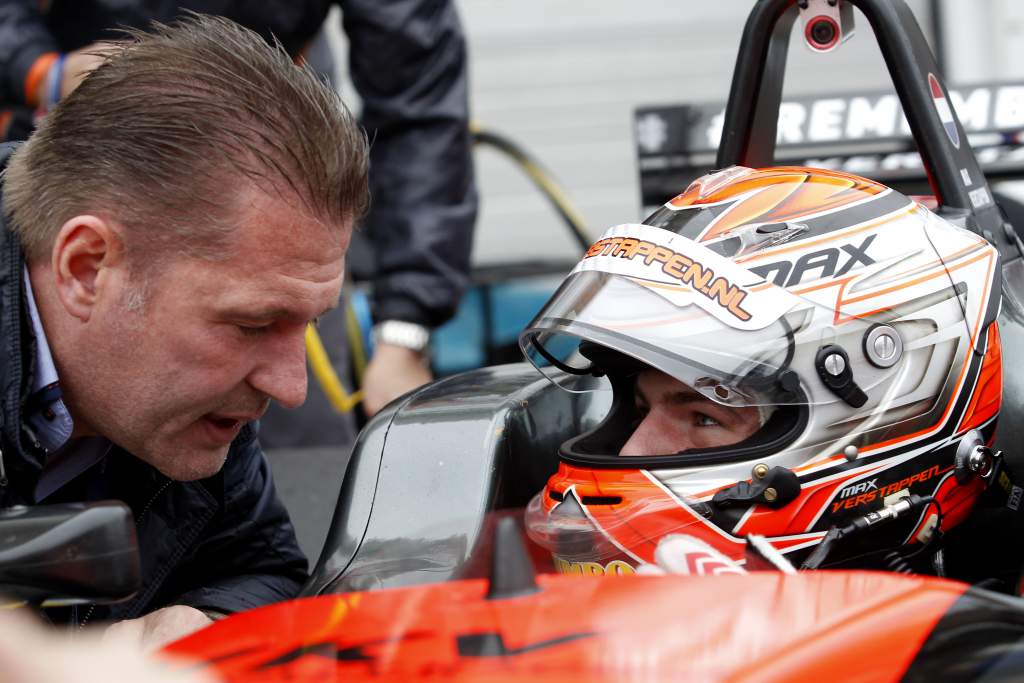Up Next

Over 1,100 Formula 1 grand prix events have been held in the championship's 74-year history - but some oddities have only occurred once.
Ollie Bearman, an 18-year-old racing a Ferrari, could be counted among them but there are 10 perhaps even stranger things that only happened once in F1 history - and probably won't happen again:
A 17-year-old racing in F1
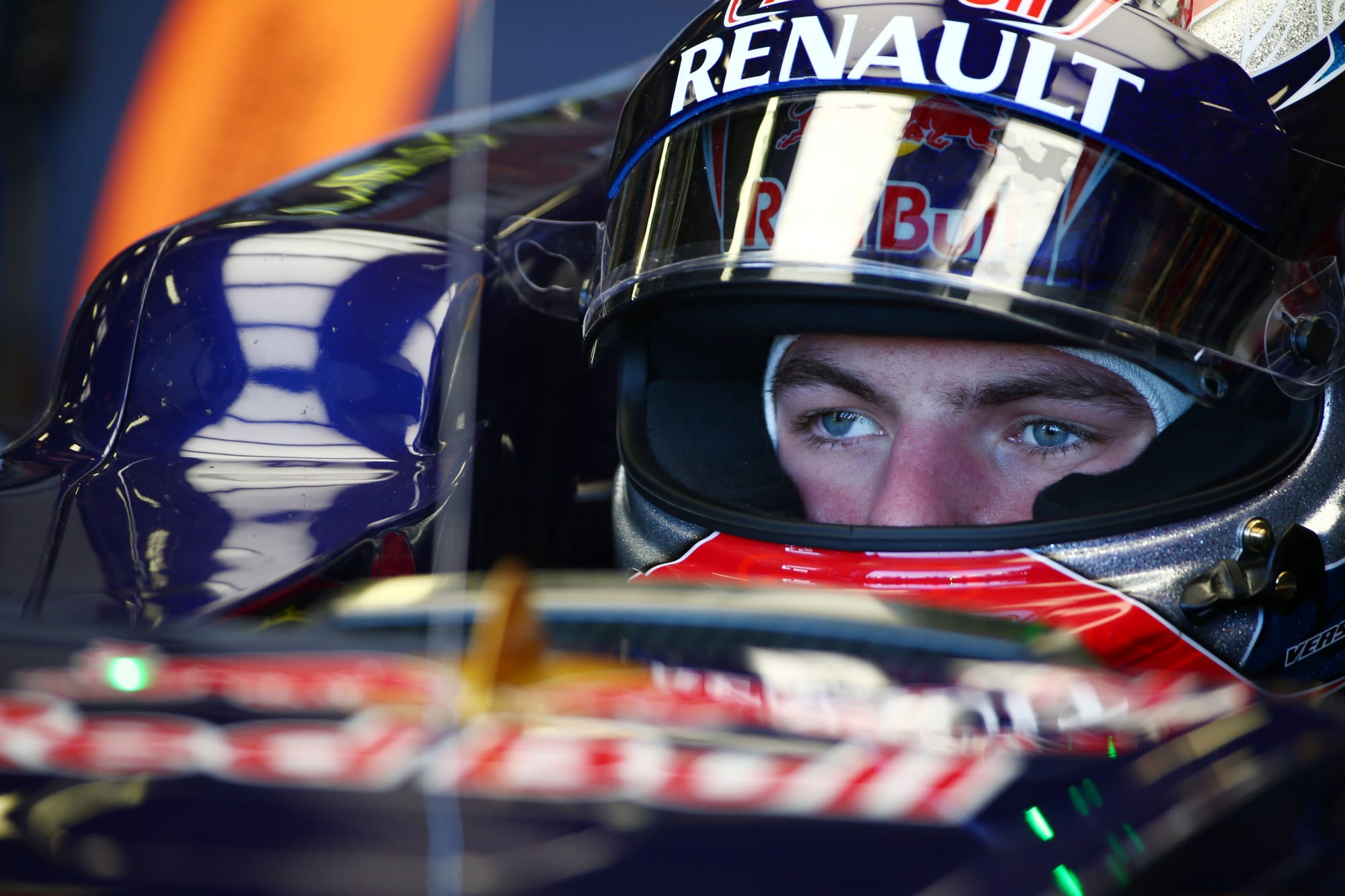
Nine years to the day this week Max Verstappen made his F1 debut at the 2015 Australian for the then-Toro Rosso team.
He was only 17 years and 166 days old, making him the youngest-ever driver to start a race.
He'd retire from the season-opening race through no fault of his own, but two weeks later in Malaysia he'd become both the youngest race finisher and points scorer as he came home in a hard-fought seventh place.
And he's likely to keep those clutch of records considering one year later, in 2016, the FIA introduced a minimum age (18) for a driver to hold a race superlicence.
That was a slightly odd response to a stellar rookie year for Verstappen, which laid the groundwork for his record-breaking career thus far.
But it does mean any other driver is going to struggle to beat him. Williams's 2017 rookie Lance Stroll and star Ferrari stand-in Ollie Bearman are the two youngest debutants since Verstappen, both 18.
50 races without a point
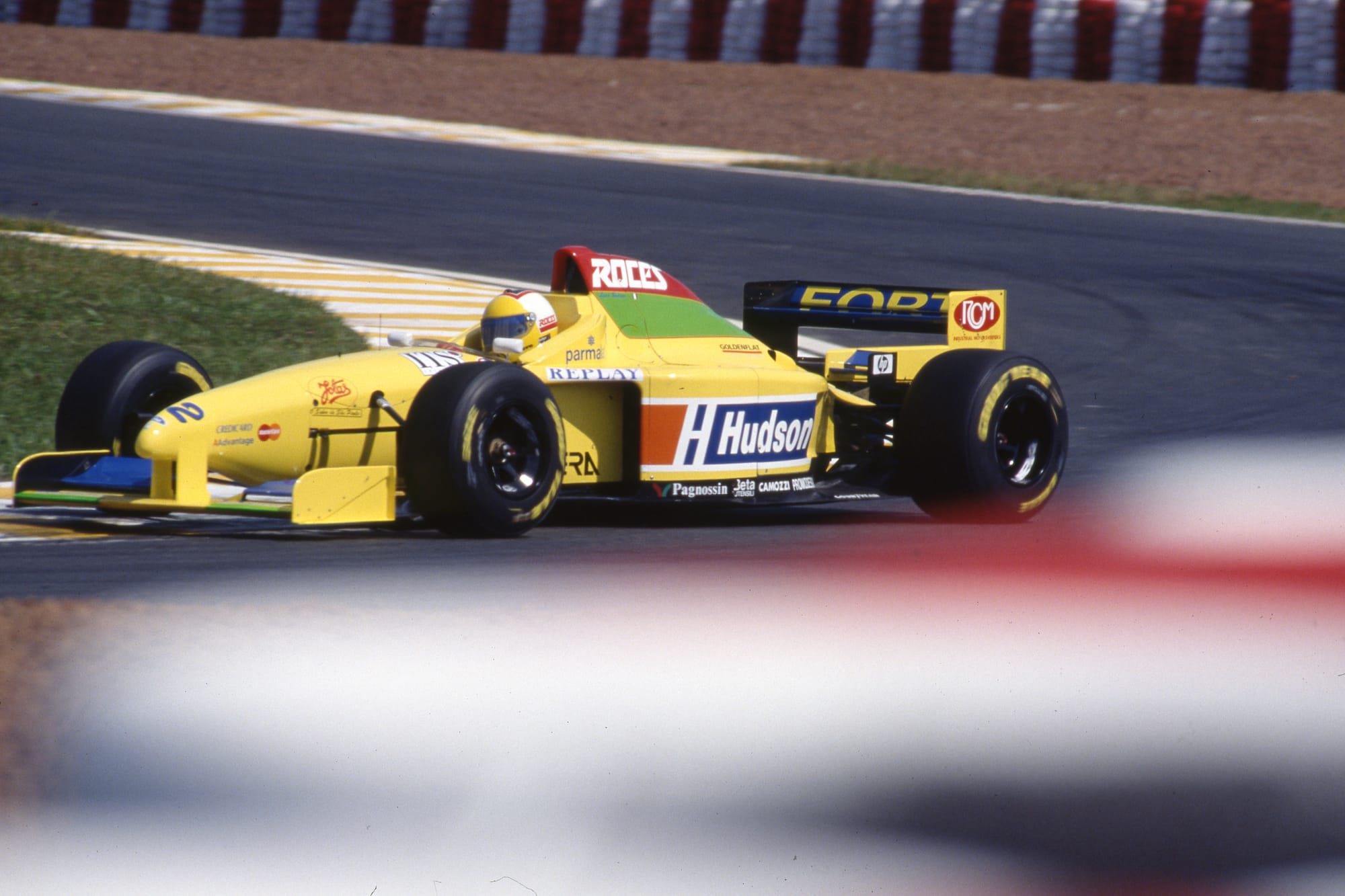
Just under 800 drivers have started an F1 grand prix, but fewer than half of those have scored a point.
Most of the drivers had short-lived careers but Luca Badoer is the biggest exception to that rule.
He's best remembered for his disastrous two-race cameo with Ferrari in mid-2009, but Badoer's F1 career stretched back to the mid-1990s, launched off the back of an International Formula 3000 title win, where he beat the likes of Andrea Montermini and Rubens Barrichello to the title.
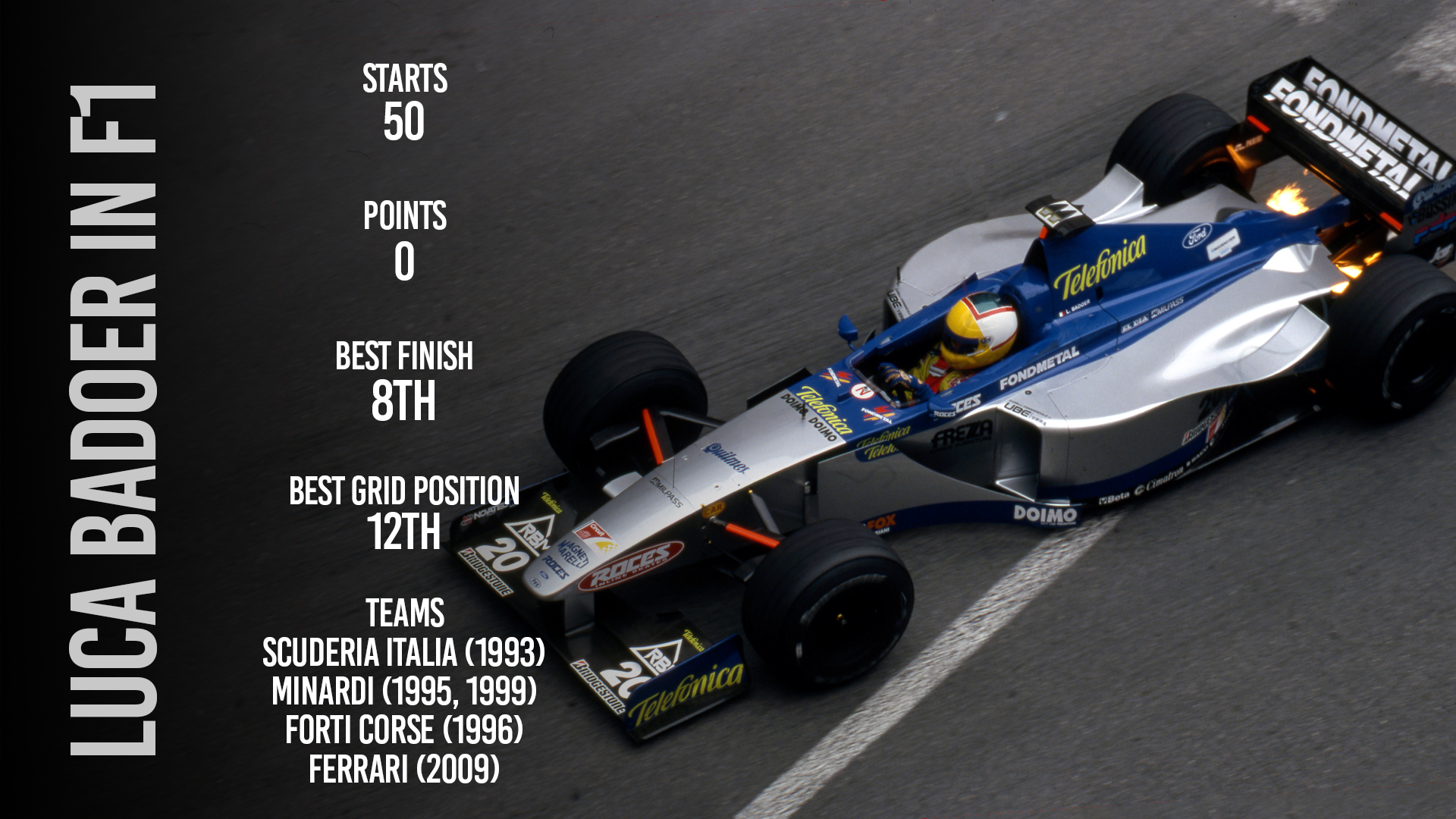
Badoer was a solid backmarker performer for Scuderia Italia, Minardi and Forti Corse.
He came agonisingly close to a points finish at the 1999 European Grand Prix, only for a gearbox failure to deny him.
Some assumed that a Ferrari call-up 10 years later to replace the injured Felipe Massa would finally help Badoer shed his 48-race record. He'd put in the hard yards as its long-time test driver (below) and had contributed behind-the-scenes to the team's immense success.
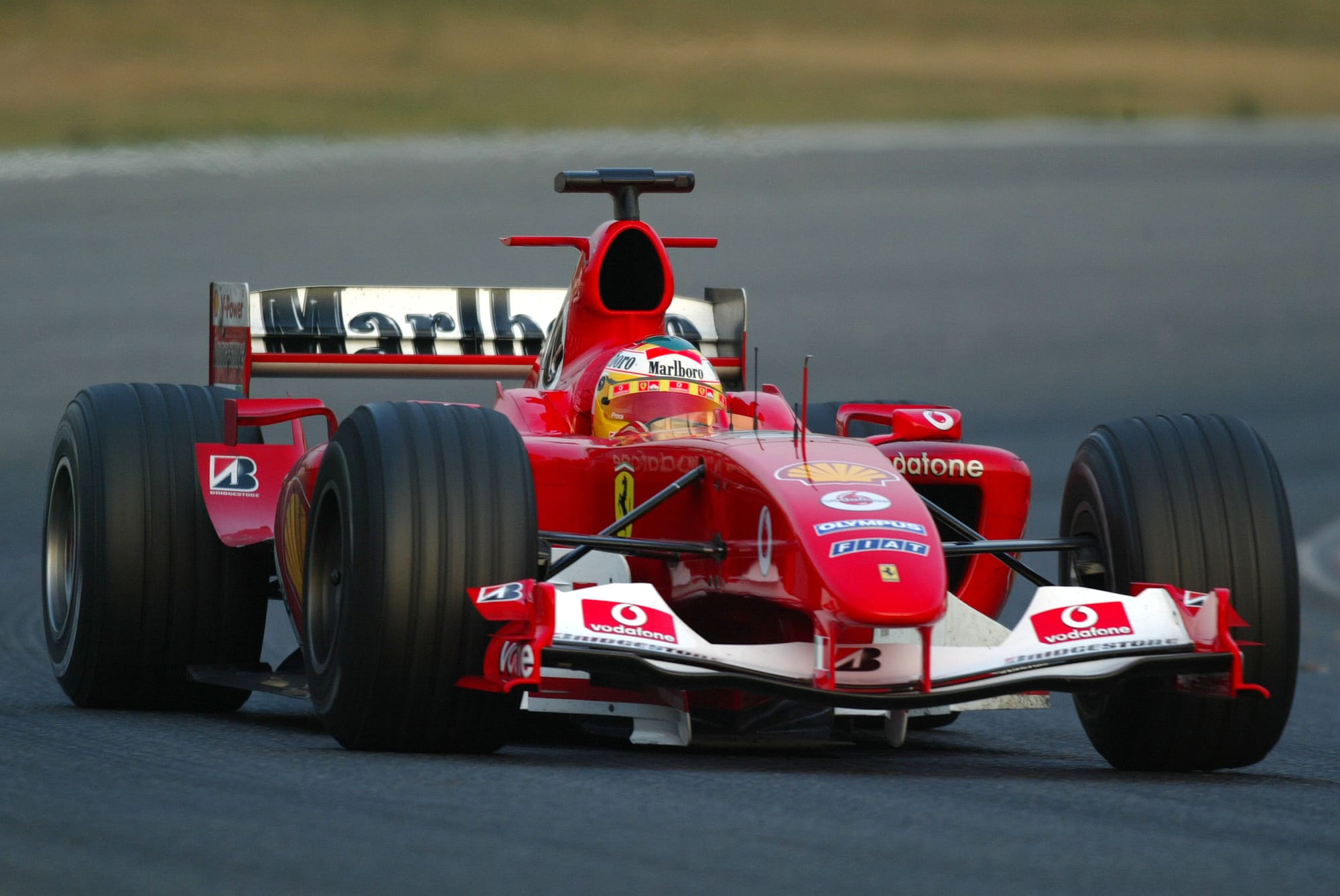
But instead he simply increased the record to 50 races and has made anyone beating him incredibly unlikely, without the return of backmarker teams like Minardi who often had little chance of scoring a point without attrition.
Badoer was far from a no-hoper and is incredibly undeserving of this record. He simply couldn't take advantage of a couple of potential opportunities he did have and was cruelly denied plenty of others by fate.
No racing laps in a grand prix
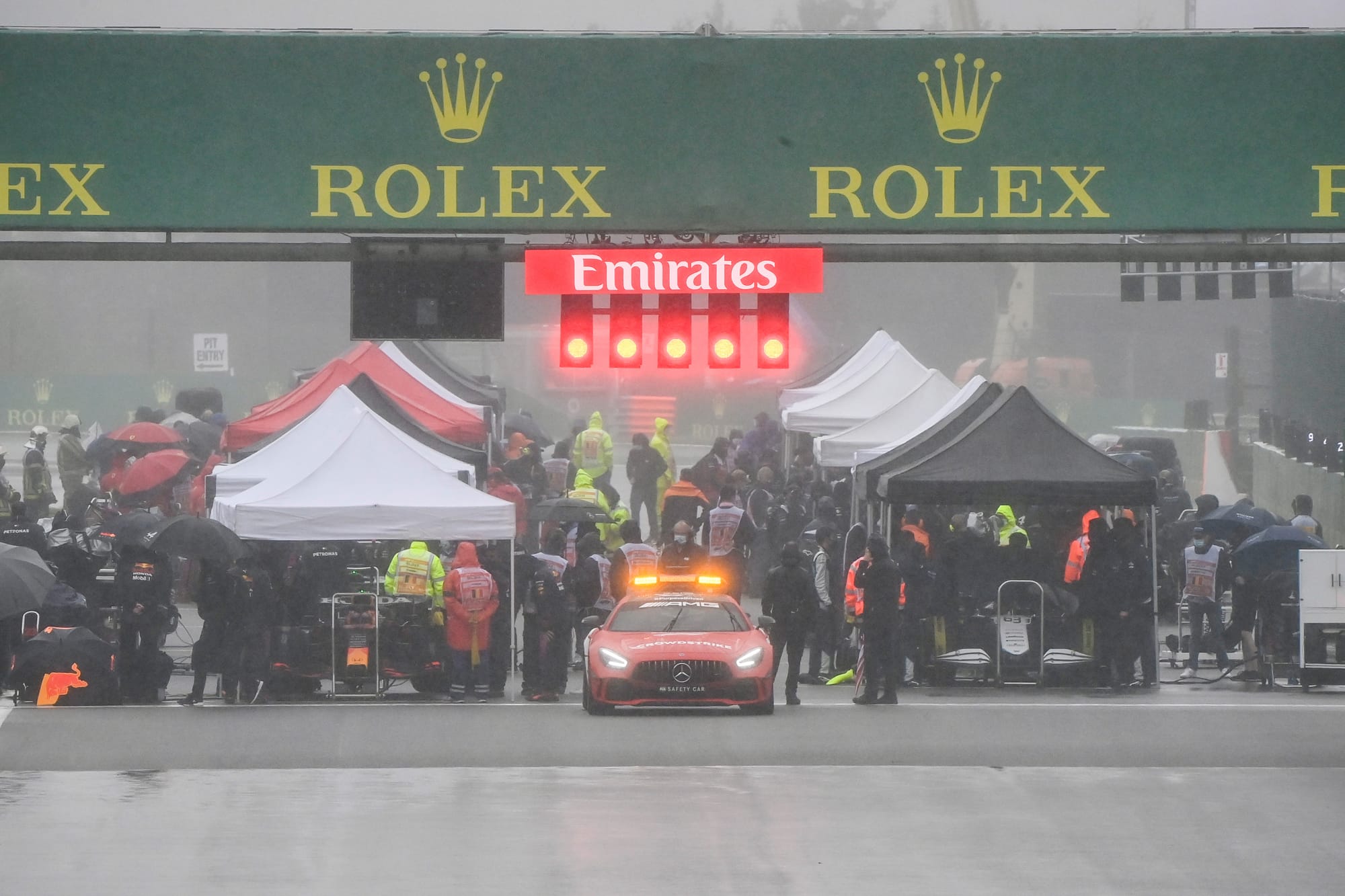
There's been plenty of times when bad weather has threatened the ability to complete or start a grand prix, but only once has it resulted in no racing laps being completed.
The instantly-infamous 2021 Belgian Grand Prix was due to start at 3pm local time, but was delayed because of persistent rain.
At 3.25pm, two formation laps were run before the red flag was thrown for the awful weather conditions.
Several hours later the cars hit the track again and ran behind the safety car for three laps, with the red flag shown when they were on the third lap.
That allowed the FIA to declare the result on countback with the positions under the safety car counting as the race result. Effectively it meant only one lap - and no actual racing laps - had been completed under the safety car.
Half-points were awarded with race winner Verstappen receiving 12.5 points and George Russell earning his first F1 podium in highly-unusual circumstances, having qualified second the day before.
It understandably led to widespread backlash and prompted F1 to change its procedures for shortened races.
A full season of 'did not qualify'
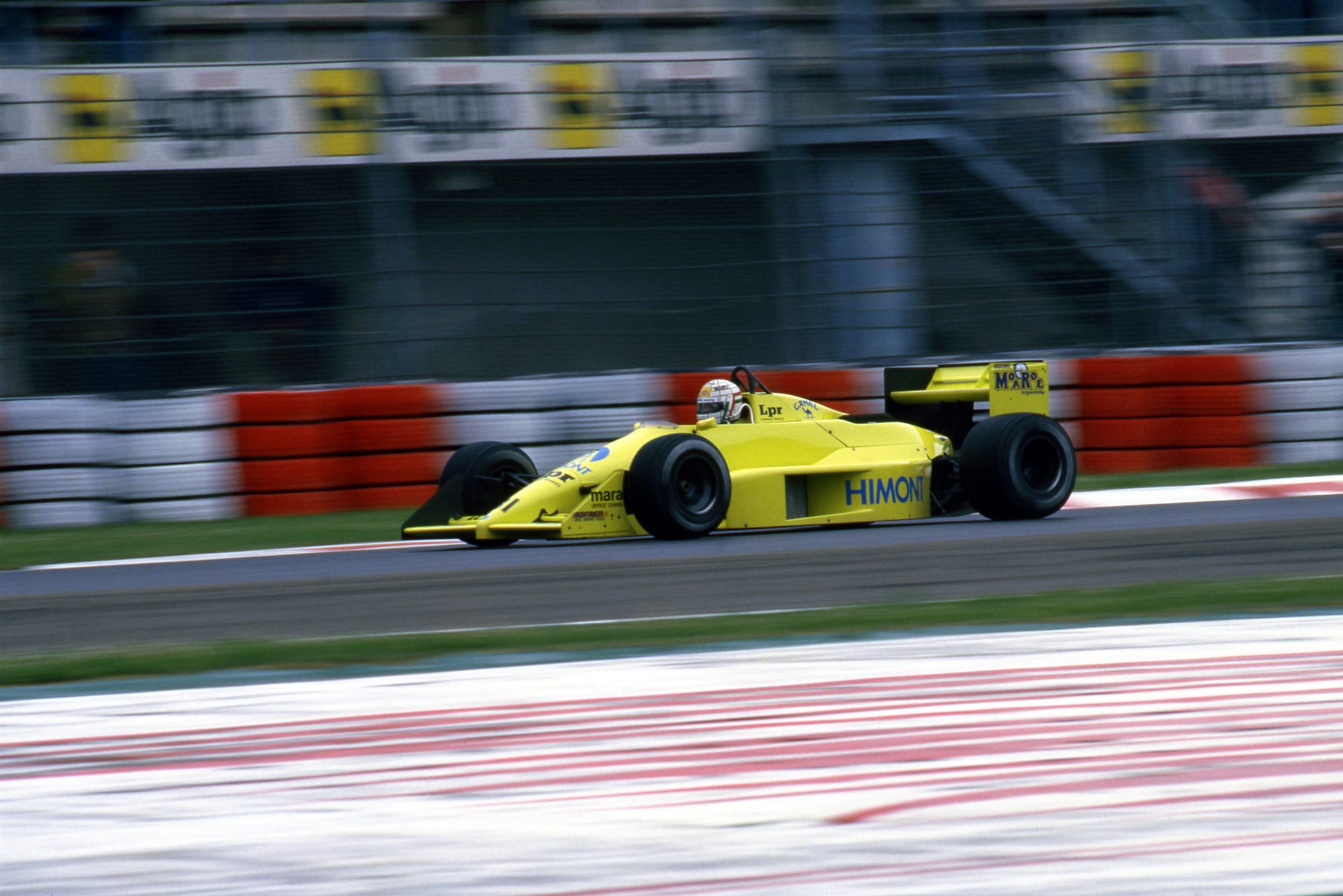
Pre-qualifying used to take place in the 1980s and early 1990s on Friday morning, with some drivers having to go home before they even took part in free practice.
Certain drivers were frequently lumbered with inadequate machinery that often had little hope of making the F1 grid.
Eventual World Touring Car champion Gabriele Tarquini experienced that more than any other driver with a record 25 failed attempts to pre-qualify for an F1 event, three up on Roberto Moreno.
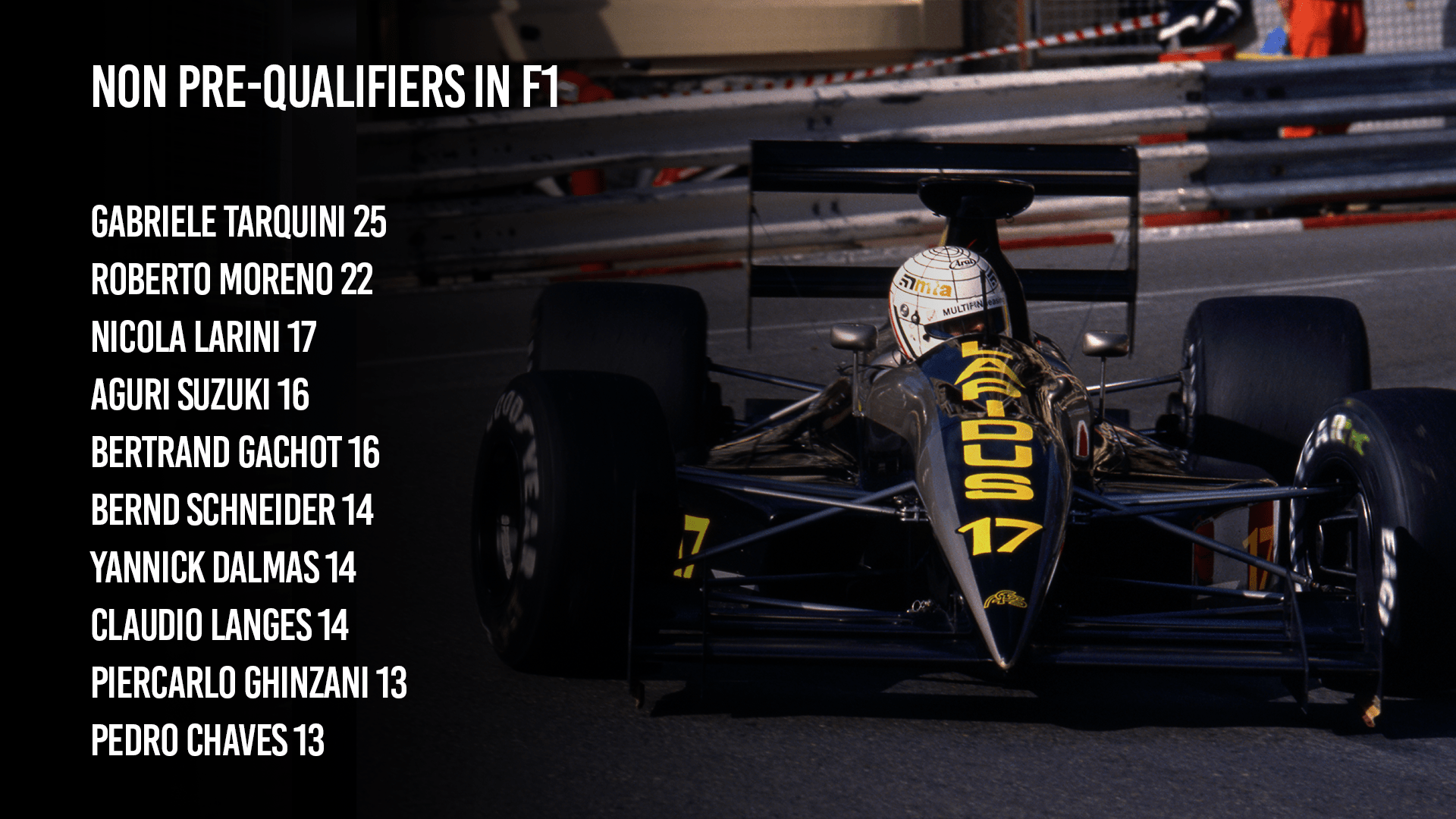
That in itself will probably never be beaten given that pre-qualifying is firmly in F1's history but what's even more remarkable is that one driver spent a whole season failing to qualify.
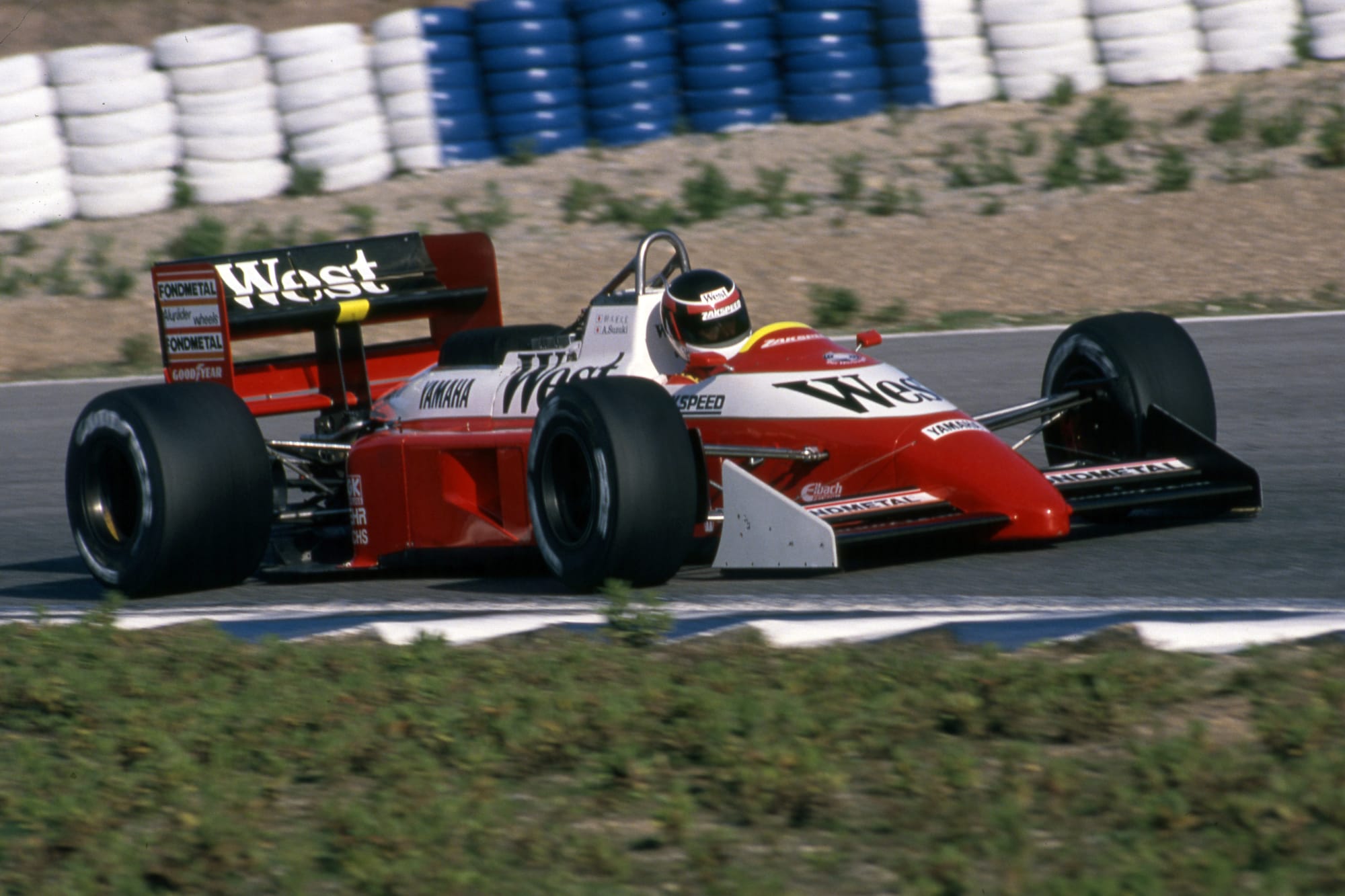
Aguri Suzuki failed to qualify for all 16 races in 1989, driving for the struggling Zakspeed team.
Team-mate Bernd Schneider (a future DTM legend) failed to pre-qualify on 14 occasions but made it into qualifying on two occasions, although he couldn't finish either race.
Things did at least get better for Suzuki in 1990 as he landed on the podium at the Japanese Grand Prix, making the most of Ayrton Senna and Alain Prost's opening-lap collision.
Finishing 24th in an F1 race
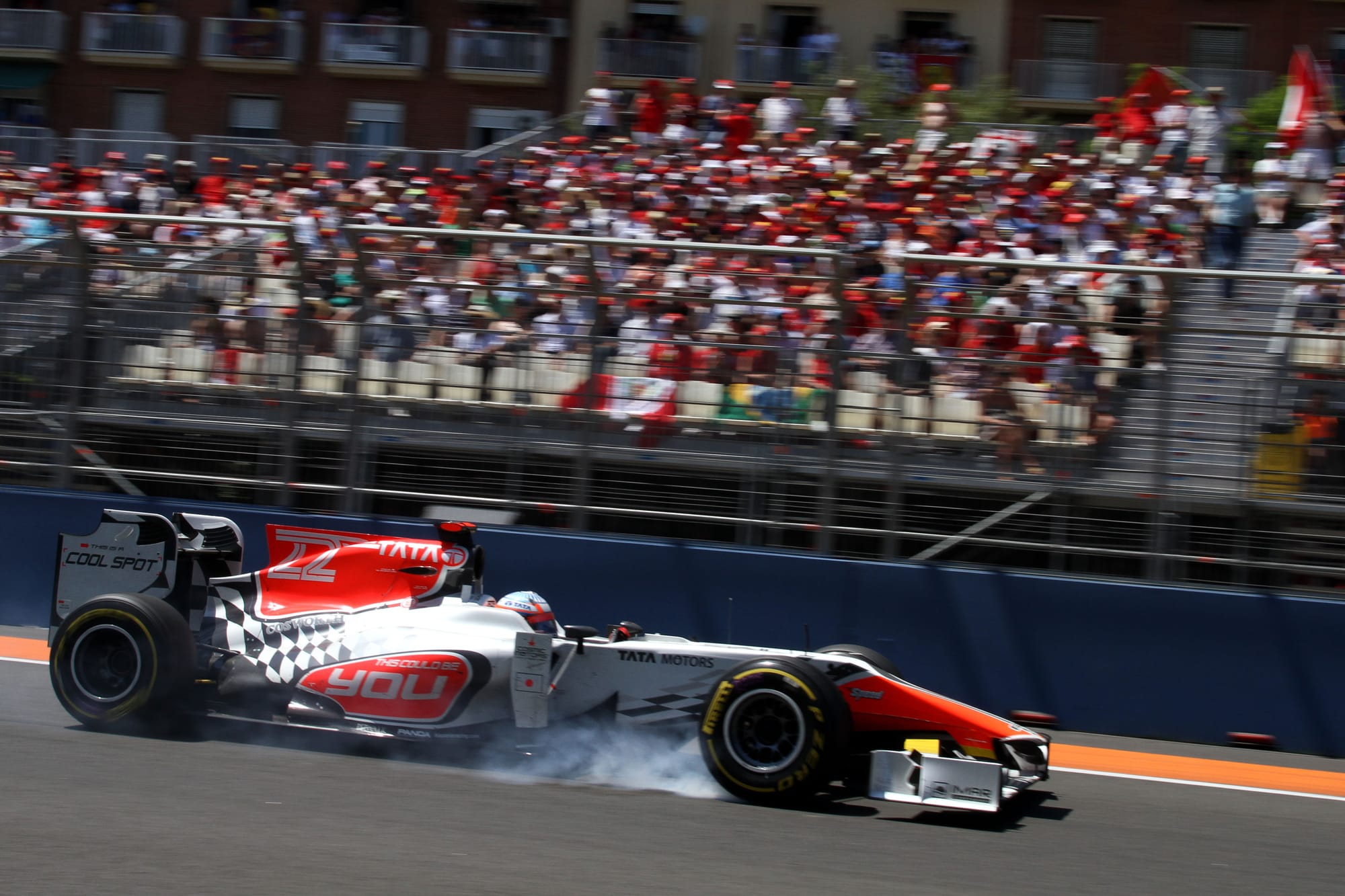
Narain Karthikeyan didn't make much of an impact during his short-lived F1 career, driving limited Jordan and HRT machinery.
His sole points finish - a fourth place - came in the infamous 2005 United States Grand Prix.
But he does hold a perhaps-unwanted record - in that he's the only driver to ever finish in 24th place.
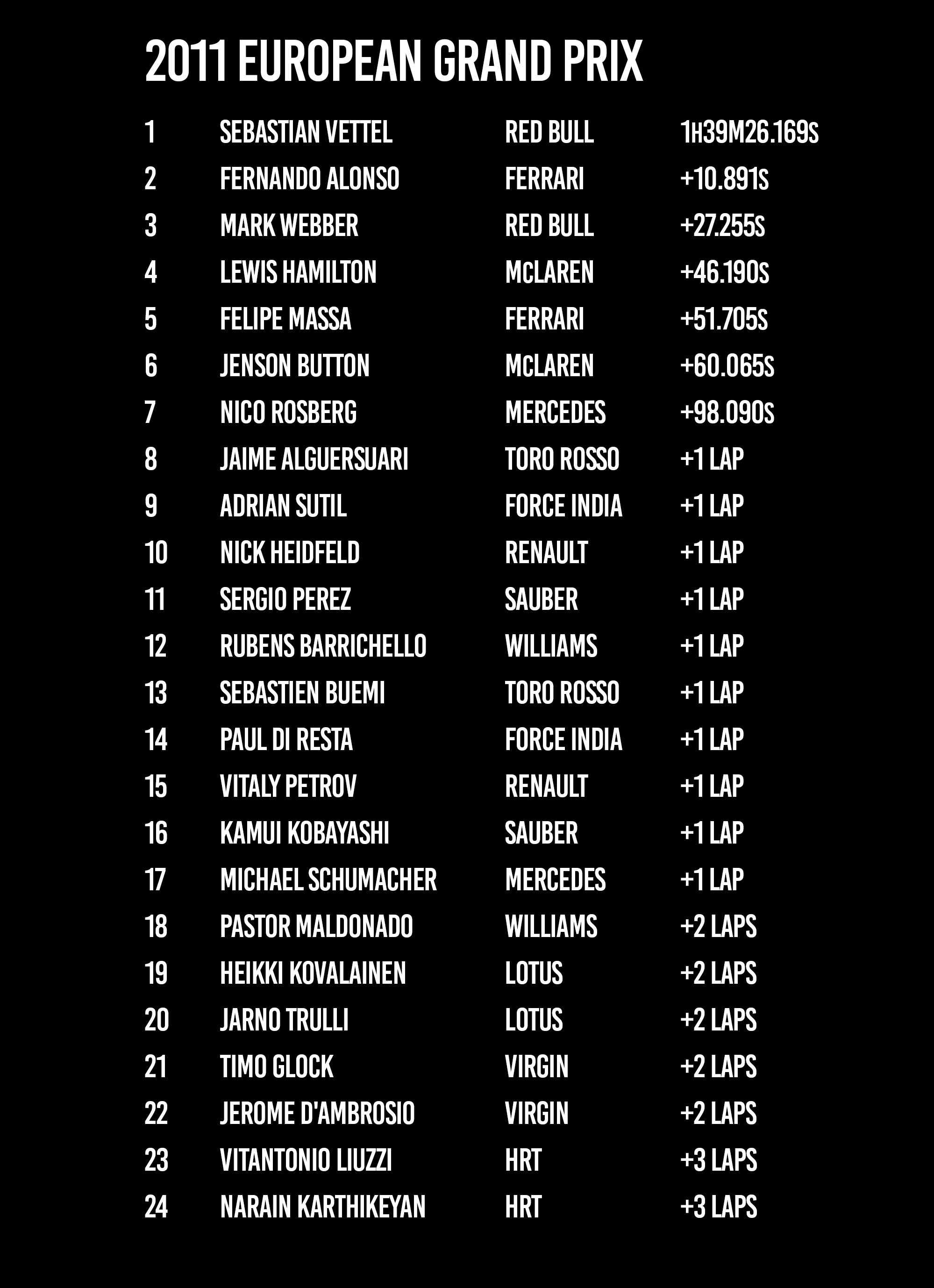
There were no retirements at the 2011 European Grand Prix in Valencia and as with much of the early 2010s, the HRTs propped up the order.
Karthikeyan trailed his team-mate Vitantonio Liuzzi and was lapped three times.
Unless F1 u-turns on rejecting Andretti and suddenly accepts another team, his record should be unthreatened for quite some time.
Leading your only F1 grand prix
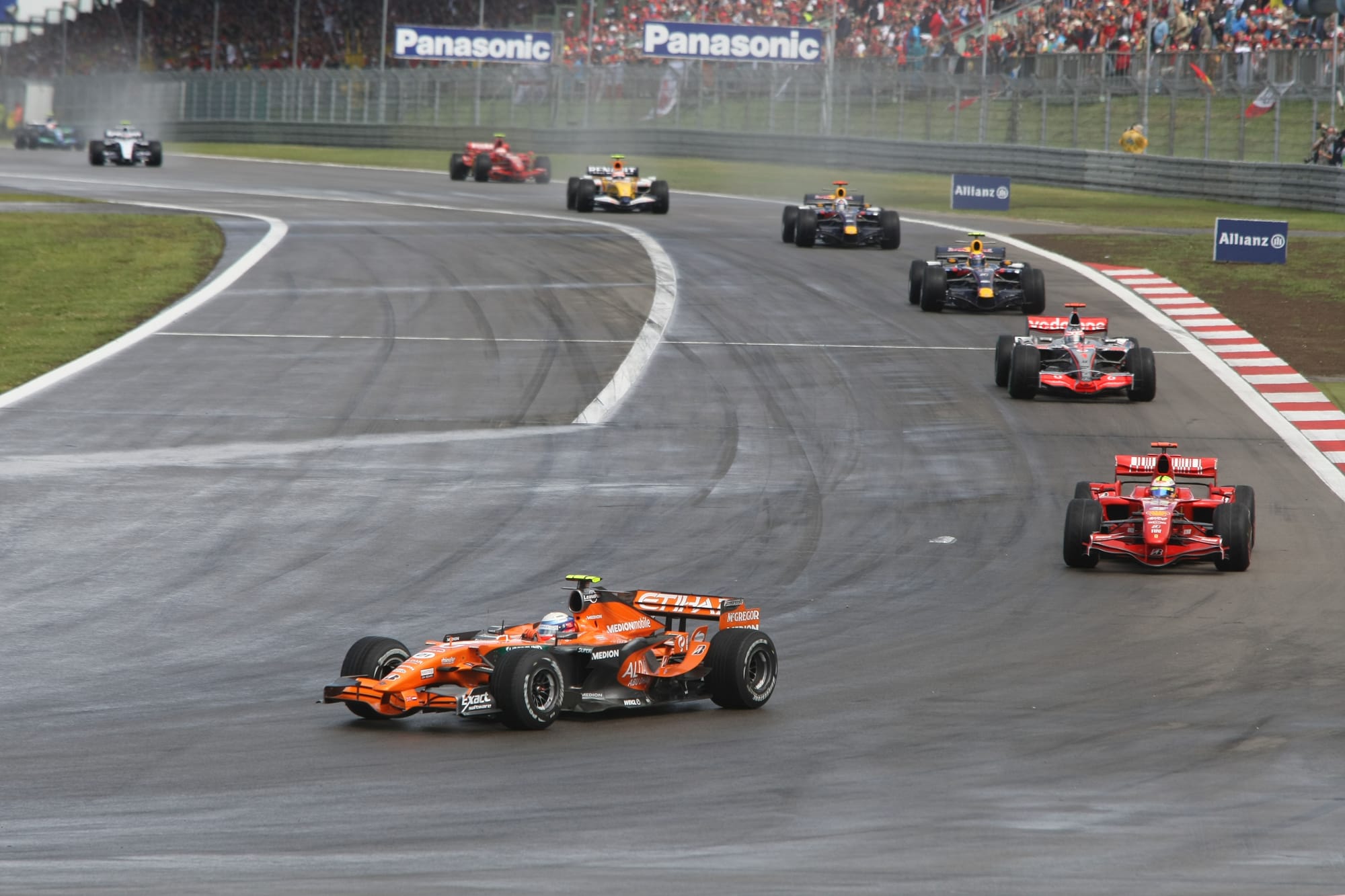
Markus Winkelhock entered F1 folklore in 2007 when he led the European Grand Prix on his F1 debut.
He'd got the Spyker call-up in place of the departing Christijan Albers for one round only at the Nurbirnging.
And an inspired strategy call by Mike Gascoyne to bring Winkelhock into the pits on the formation lap as it started to rain allowed Winkelhock to cycle up to the lead by the end of lap two.
He ended up leading six laps, including a red flag and restart, meaning he got to start from what was effectively but not technically pole position.
Inevitably he ended up going backwards and later retired on lap 13 with a hydraulic failure, but Winkelhock will be forever remembered for shining so brightly his one and only F1 start.
Three pole positions, no laps led
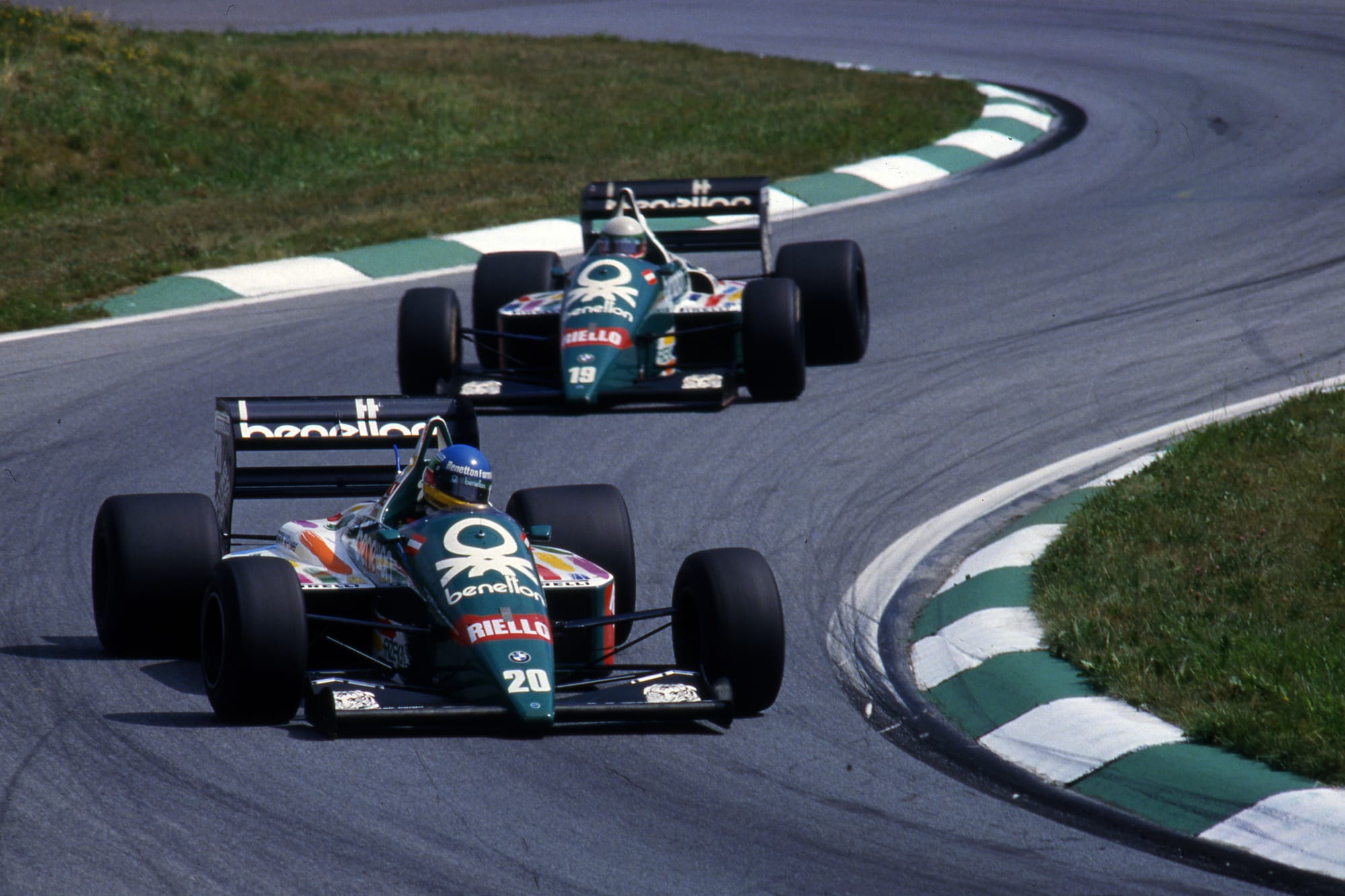
Teo Fabi took three pole positions in F1 but uniquely never led a single lap in a grand prix.
His first came with Toleman for the 1985 German Grand Prix at the Nurburgring, but huge wheelspin at the start left him down in eighth. He ended up retiring with a clutch issue later in the race.
Fabi's second pole came one year later in Austria but he was overtaken by team-mate Gerhard Berger before he could lead a lap. Fabi did actually re-pass Berger on lap 17 but then slowed with an engine failure before he could cross the line in the lead.
He made it back-to-back poles at Monza but he didn't actually start the race from pole as a problem on the formation lap left him starting at the back, before he once again retired from the race.
Fabi would never sit on pole again nor lead a lap - in F1, at least.
A six-car race
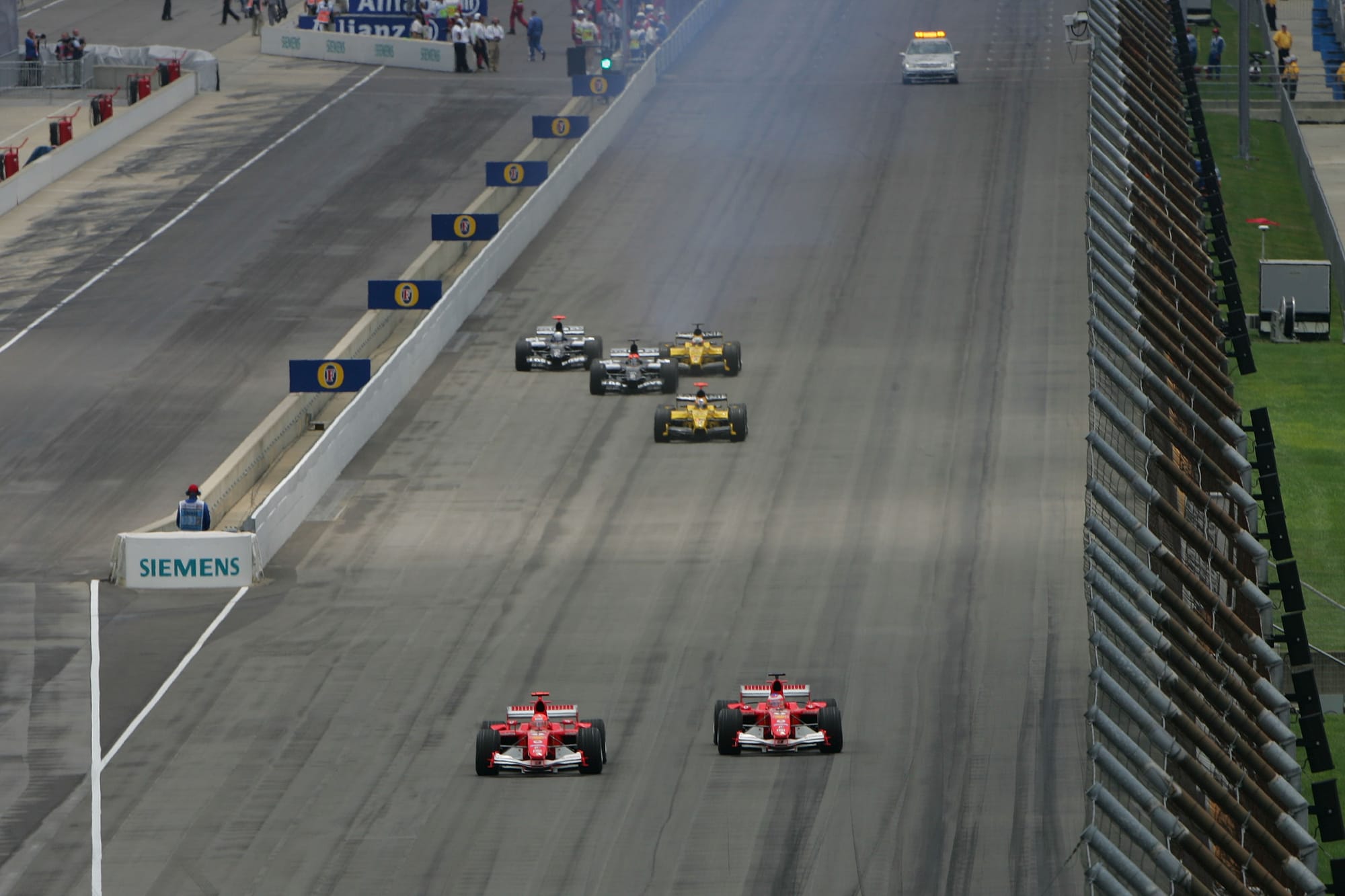
Kathikeyan's aforementioned fourth place - his only F1 points finish - and Jordan's last F1 podium courtesy of team-mate Tiago Monteiro all resulted from Michelin's tyre woes at the 2005 United States GP weekend at Indianapolis.
Michelin realised the extent of its woes during Friday practice when a tyre failure caused a hefty shunt for Toyota driver Ralf Schumacher on the banking.
Various solutions were discussed - including either a chicane at the banking or a speed limit in that section - but no resolution could be agreed on by all 10 teams.
That meant at the end of the formation lap a stream of 14 Michelin-shod cars led by polesitter Jarno Trulli came into the pits under instructions not to take the start of the race.
That left the six Bridgestone runners on the grid and resulted in arguably the strangest F1 race ever, as well as inflicting lasting damage to F1's reputation in America that it would take many years to recover from.
Double points race
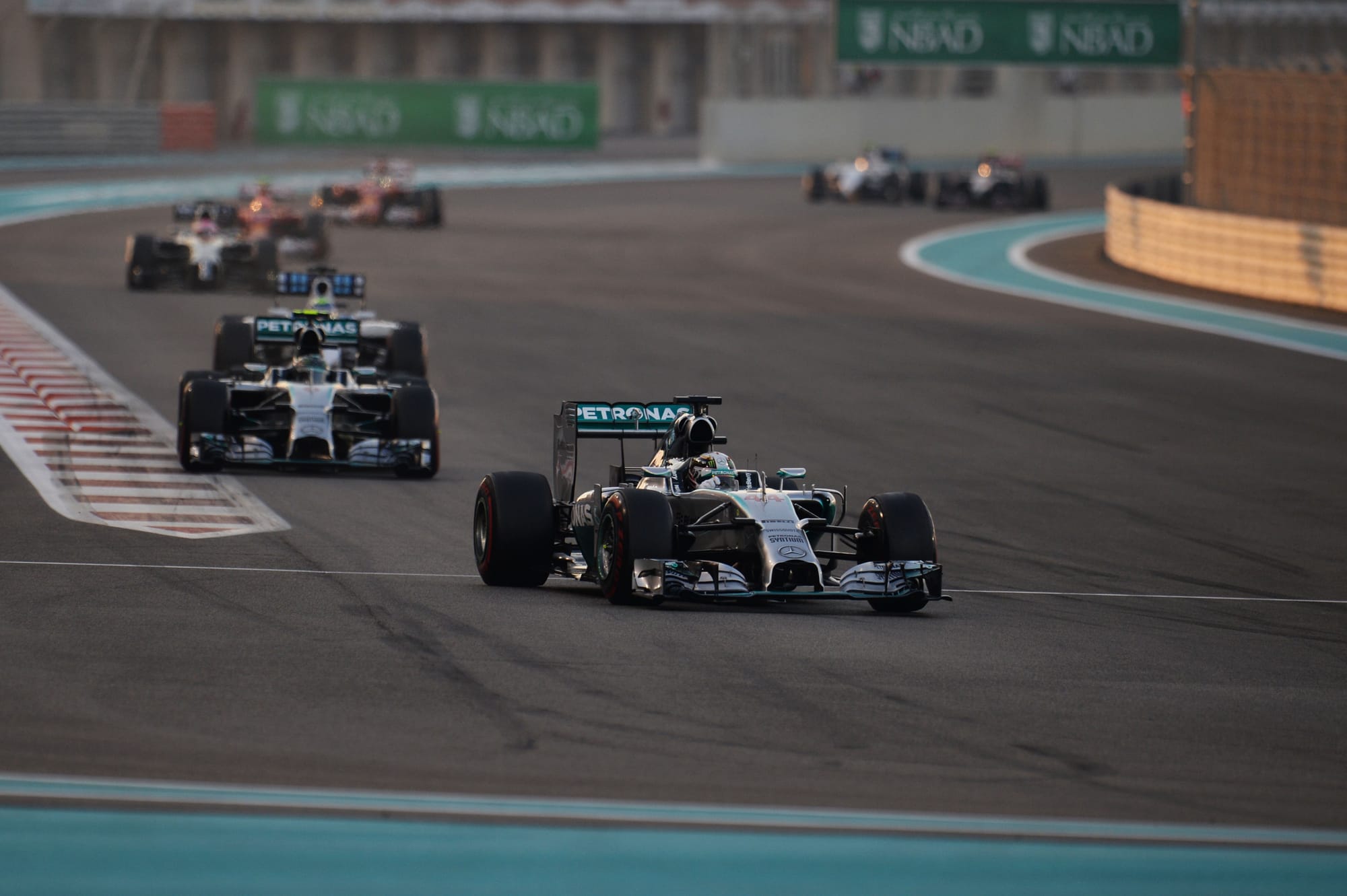
There's been plenty of half-points F1 races due to shortened distance but there's only been one occasion when double points have been awarded.
In order to maximise the chances of a final race title decider F1 introduced double points for the season finale in Abu Dhabi.
There were 17 points between title protagonists Lewis Hamilton and Nico Rosberg heading into the weekend, so either could have won the title with a standard points finale.
But the double points increased the jeopardy for Hamilton - who could finish third and lose the title if Rosberg won the race.
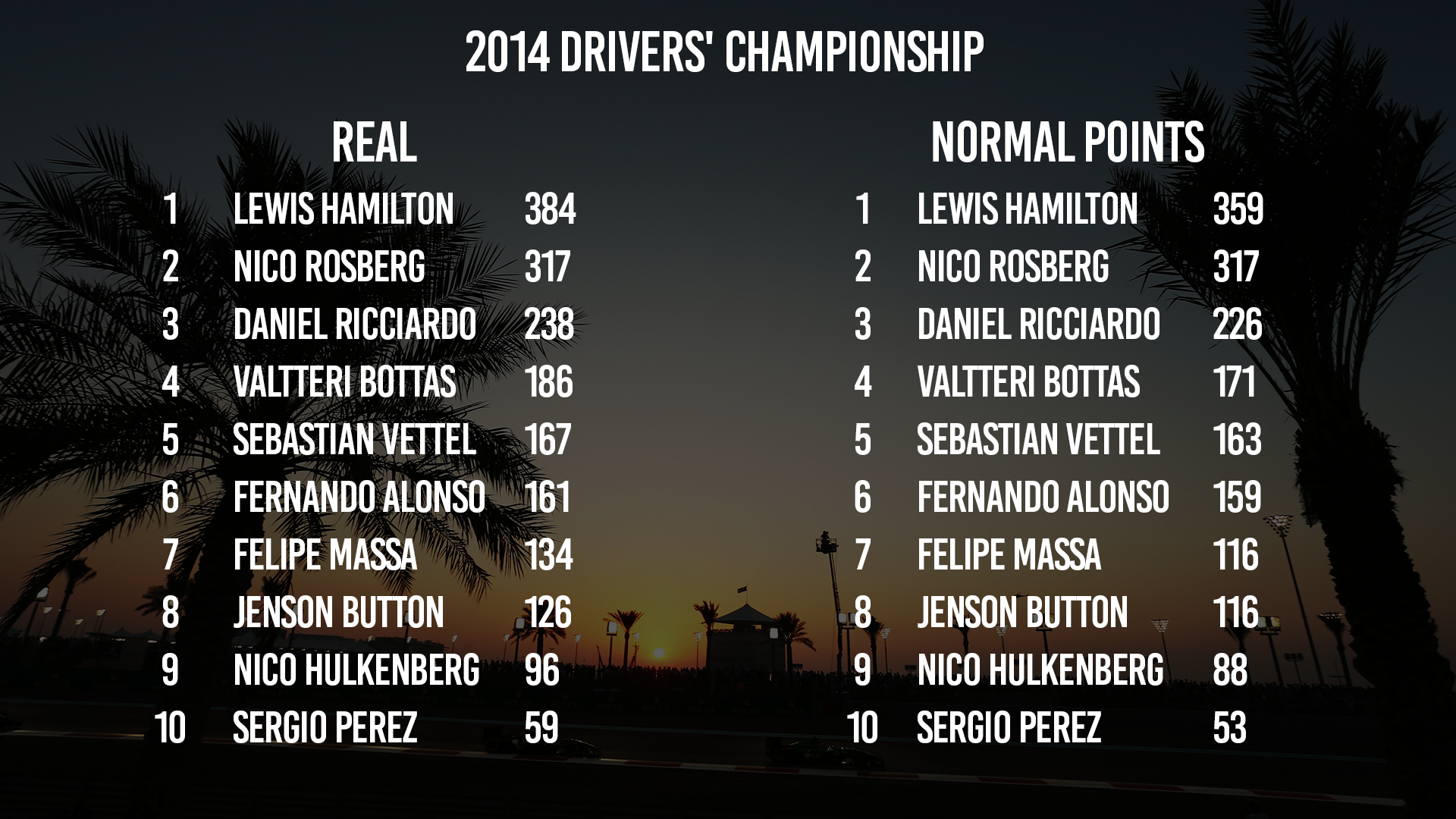
In the end, all the complicated permutations went out of the window as Hamilton won the race and Rosberg dropped to 14th with an ERS failure.
Ultimately the rule had no impact on the order of the drivers' or constructors' championship, but F1 realised it had dodged a bullet and quickly dropped the hated rule for 2015.
Driving in a race you were banned from
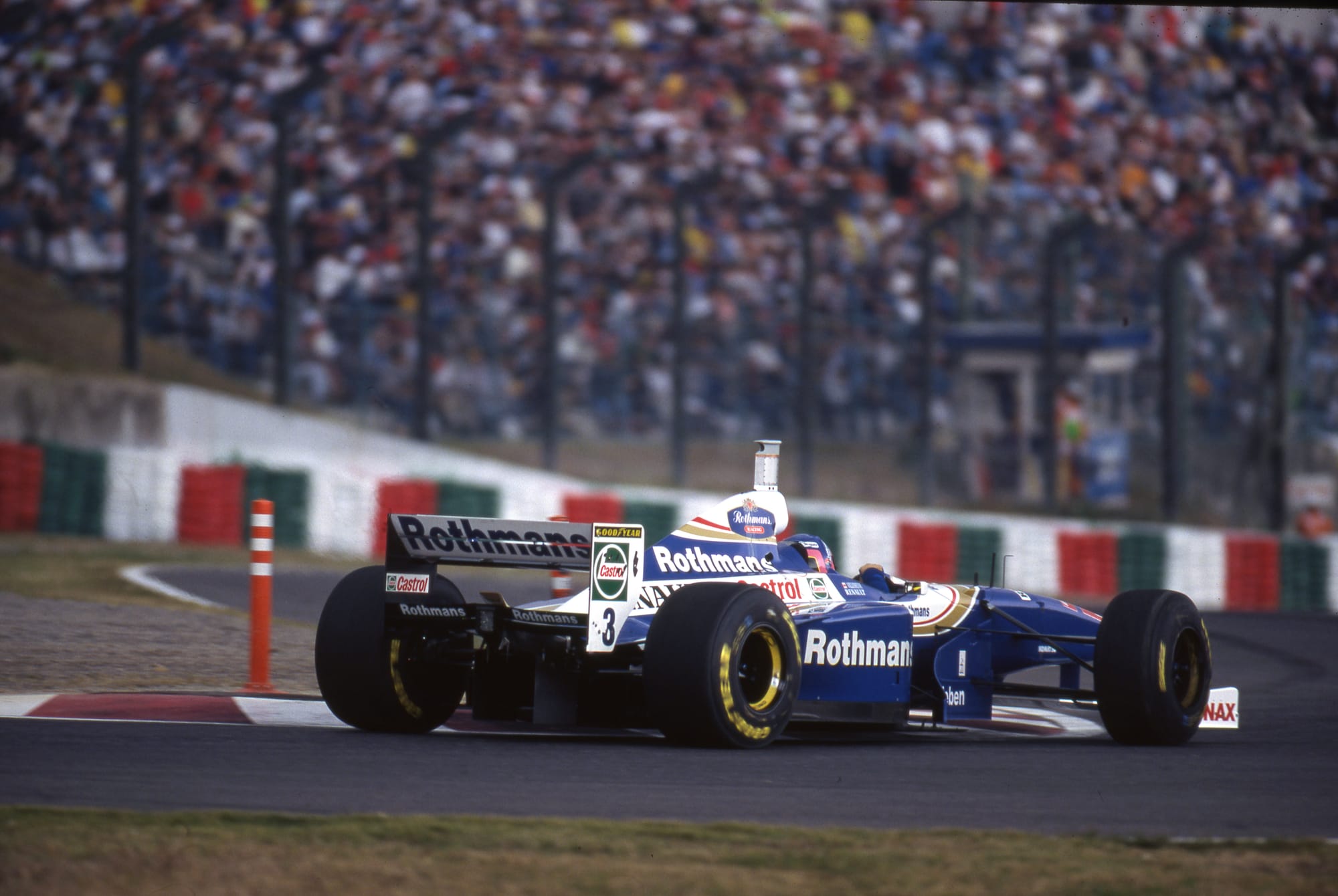
Race bans are rare in F1 but what Jacques Villeneuve achieved at Suzuka in his title-winning season is unique.
The Williams driver raced at the 1997 Japanese Grand Prix despite receiving a one-race ban before the race.
Along with five other drivers Villeneuve had been found to have ignored yellow flags in final practice.
As he was already competing under a suspended one-race ban for three similar offences, this triggered the ban.
But Villeneuve still raced under appeal and finished the race in fifth.
Williams, though, withdrew its appeal after pressure from FIA president Max Mosley - who suggested Villeneuve risked missing the season finale at Jerez.
Villeneuve was therefore excluded from the Japanese GP in lieu of a ban and went on to take the title in a controversial Jerez finale.


